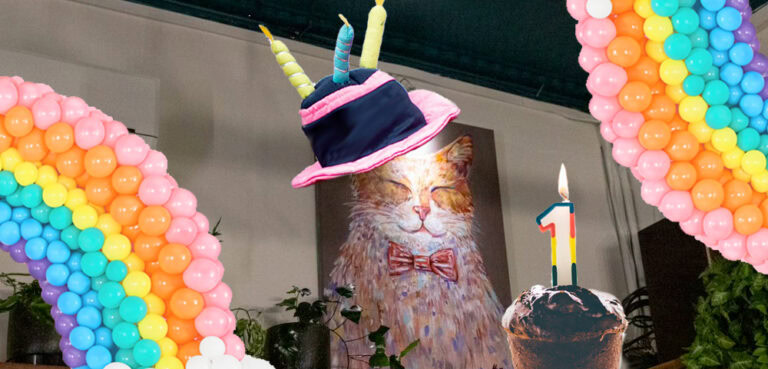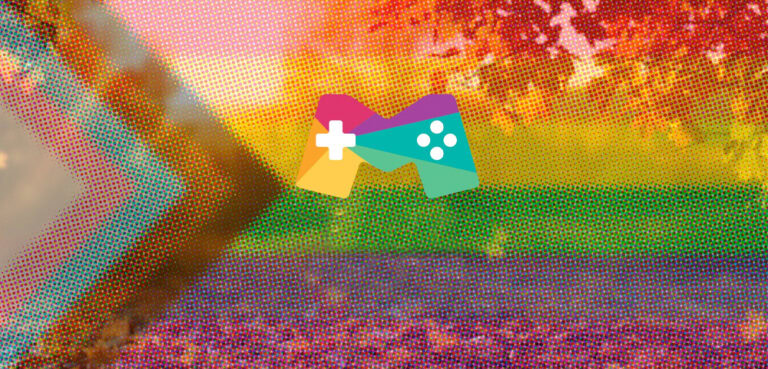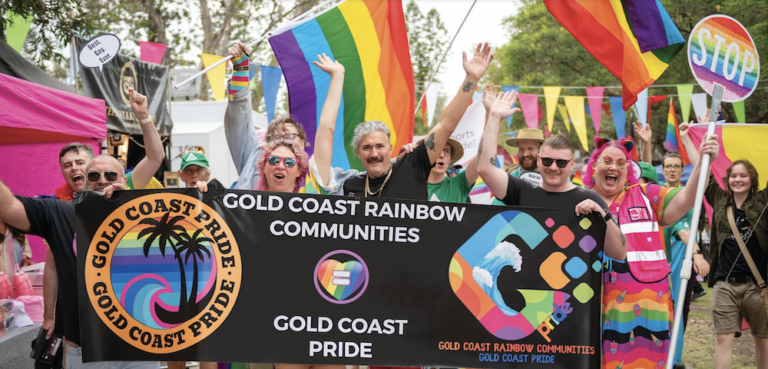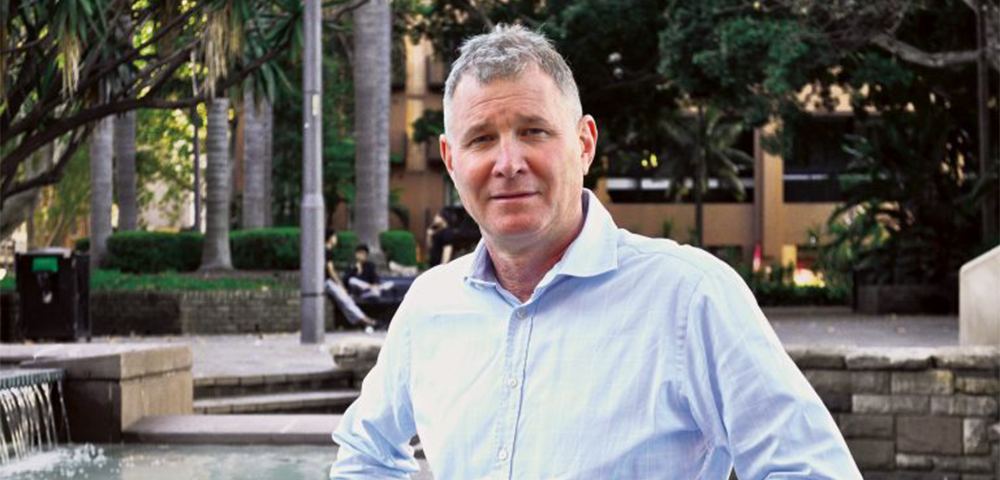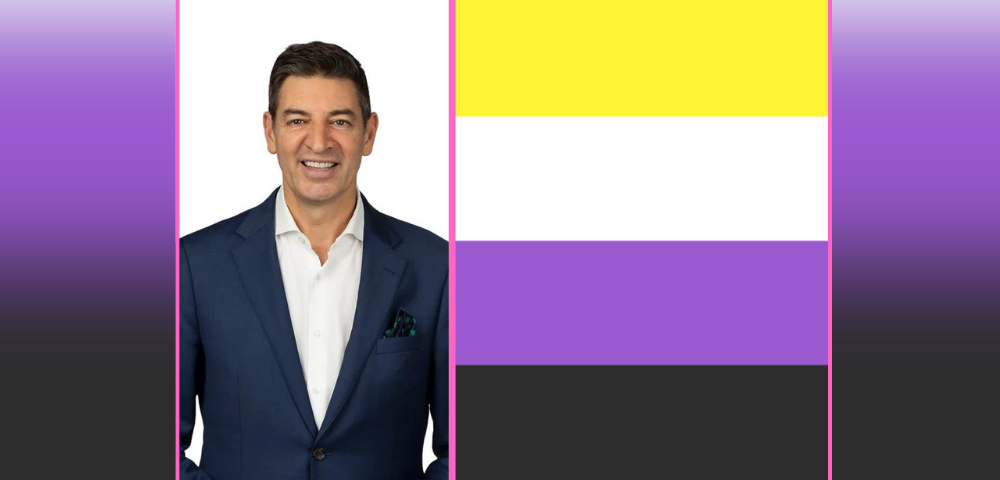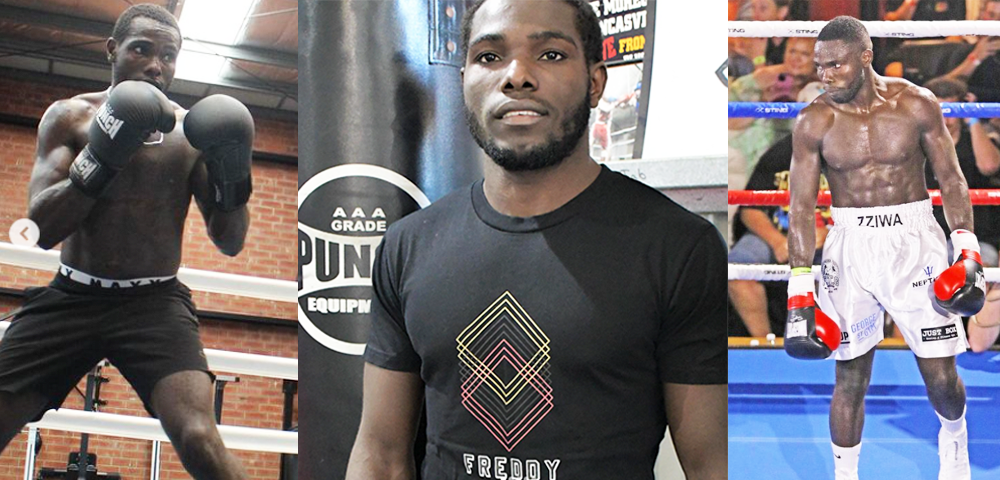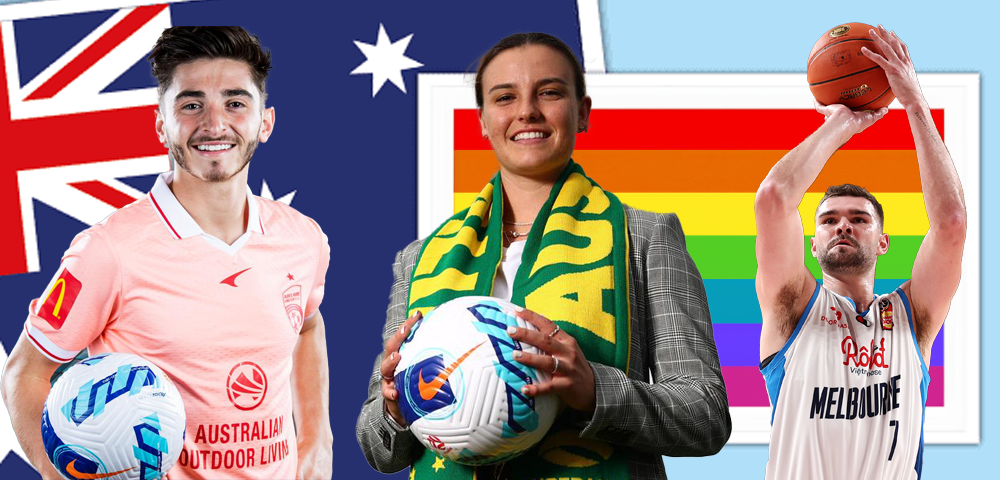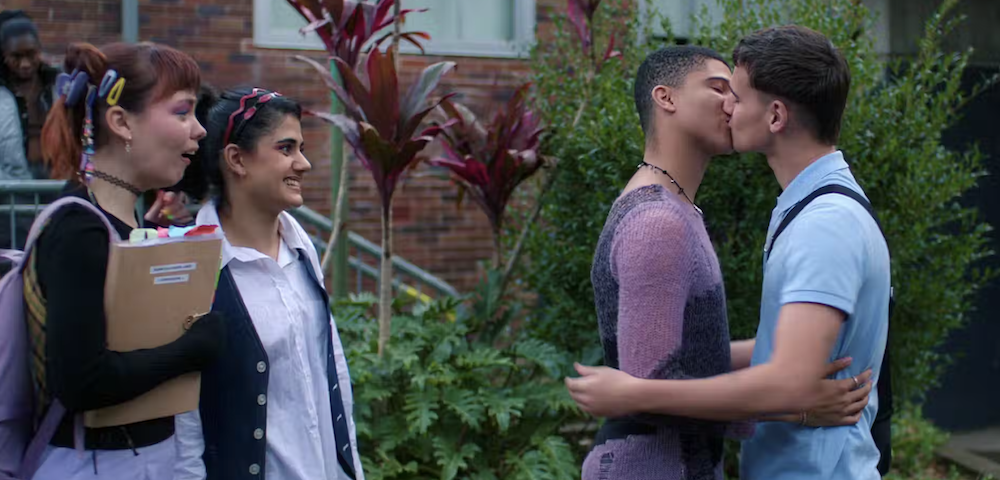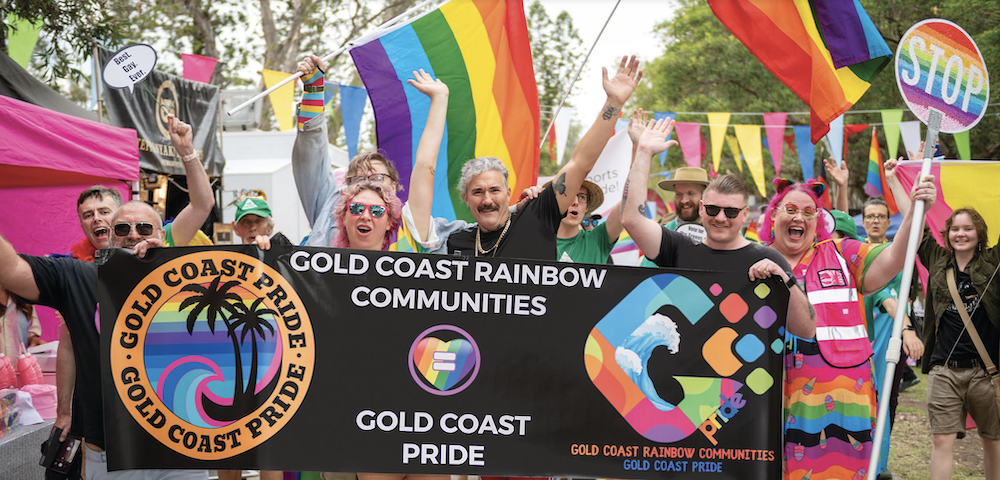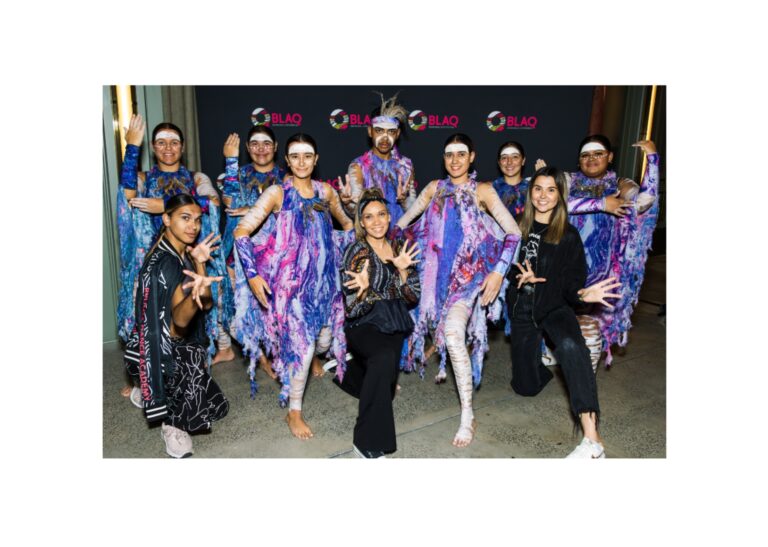
Queer youth speak out on #WearItPurple Day

Holding the hand of your same-sex partner or proudly expressing your gender diverse identity in a public space can be an empowering experience for members of our LGBTI community.
For many queer youth, this point may be reached after a long journey of self-discovery filled with a tentative LGBTI social meet-up, copious trawling through online forums and porn, and a few inspiring anthems by some of today’s most beloved pop stars (read: Carly Rae Jepsen).
But other young people aren’t as privileged, and feel unsafe to express their identity through fear of rejection, stigmatisation, or violence, both at home and in school.
This is why visibility is so important.
Every year Wear It Purple Day aims to combat homophobia, biphobia, and transphobia among young people by encouraging Australians to wear purple in a show of solidarity and support.
Happy Wear It Purple Day! Remind LGBTIQ youth they're loved and supported, and continue calling out bigotry where it surfaces. #wearitpurple
— Matthew Wade (@MatthewRWade) August 25, 2016
It reminds younger LGBTI people who may be struggling with their sexual or gender identity that they are loved and supported by an invisible community around the country.
Trans advocate Margot Fink can remember the first time she overcame how she felt about her legs, which had become a big course of gender dysphoria.
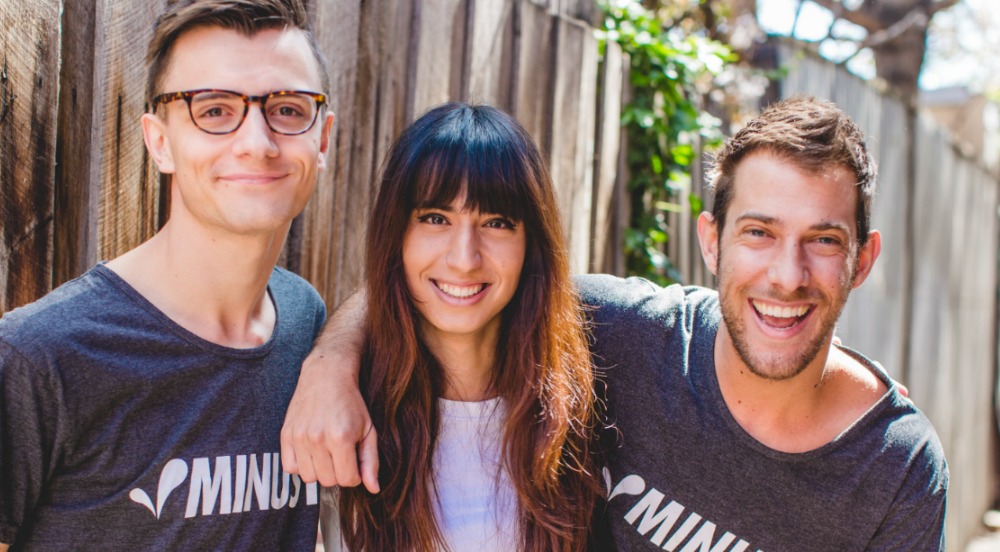
“Going through puberty and having my body change in ways I didn’t want was most noticeable for me with the shape and hairiness of my legs,” she told the Star Observer.
“Even on super-hot days, I’d always have jeans on right down to the ankle – It looked a bit silly, and felt uncomfortable, but I just couldn’t bring myself to do anything that showed my legs off more.
“But after I came out as trans, my confidence and self-acceptance grew.”
Earlier this year Fink helped out at Minus18’s Midsumma stall, where for the first time she said that particular dysphoria had disappeared.
“I rocked up wearing a brand new pair of shorts to many positive reactions and compliments from my friends who knew what a big deal it was,” she said.
“Queer visibility is important because it gives LGBTIQ young people a sense of community and future.
“Having awesome trans public figures out there like Laverne Cox and Andreja Pejic had a huge positive impact.”
Coming from a very conservative Islamic background, feeling comfortable in his queer identity and coming out to his family has never really been an option for Zack*.
For this reason, he said being in public was really difficult.
“Just holding another guy’s hand in public was so stressful, it was like everyone’s eyes were on me” he said.
I felt I had to constantly watch over my shoulder for someone I knew who might run off and tell my family.”
However, since coming out to close friends a year ago and meeting more queer people of colour, Zack said he’s felt a lot more comfortable in his own skin.
“I knew I wasn’t the only person in the world going through what I was,” he said.
“I met people who had been through the same things and it made me feel a lot less alone.
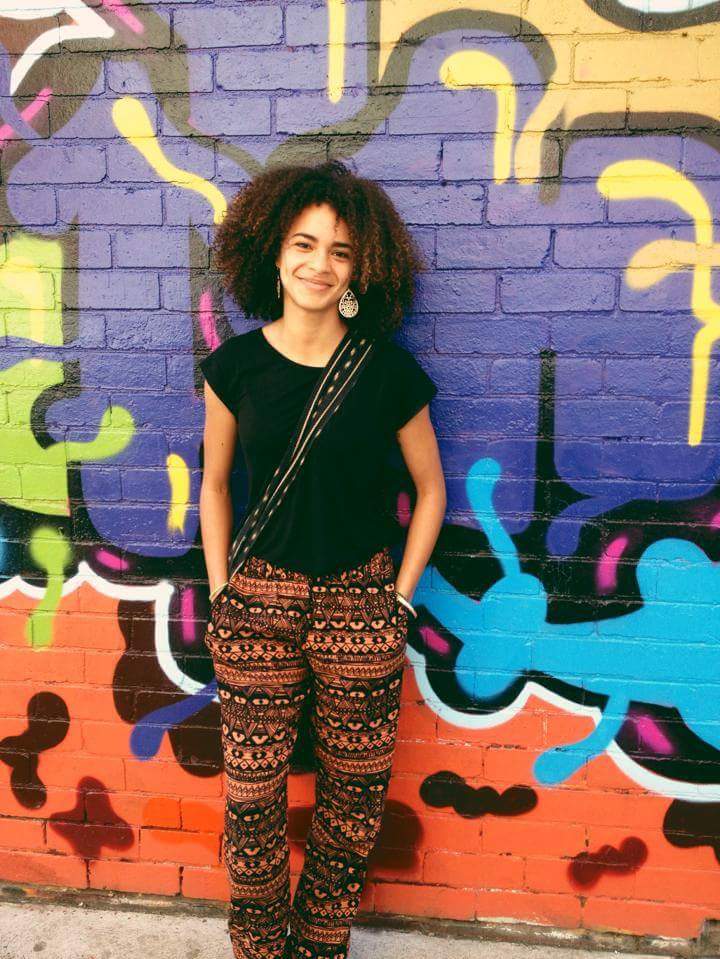
“I’m still not 100 per cent there yet, I’ve still got to play pretend with family, but I’m definitely a lot more comfortable in being me now than I have ever been before.”
Mirroring Fink’s sentiments, Zack said visibility is crucial for marginalised groups in society.
“Queer people, people of colour, minorities in every society, we need to be able to see ourselves represented in the mainstream… we need to know that we exist and that we’re not alone,” he said.
The first time Jasmine Anders felt confident and comfortable expressing her queer identity was at her university’s gender and sexuality centre.
“It was the first time I was surrounded by people who identified across the gender and sexuality spectrums,” she said.
“I felt immediately disarmed – I felt safe to be me.
“It opened my mine in innumerable ways and I am so grateful the safe space was so accessible to my classmates and me.”
Anders admitted that it was difficult to encapsulate why queer visibility was so important for LGBTI youth.
“I’d say it’s important because the more visible we are, the more diverse and well-informed society becomes,” she said.
“The more visible we are now, the more established queer generations to come will be.”
*Zack’s surname was omitted to protect his privacy.
Here’s what the internet’s been saying on Wear It Purple Day:
Today, we're supporting every young person who has ever been bullied just for being who you are. #WearItPurple pic.twitter.com/mvyo8F7jv6
— Dan Andrews (@DanielAndrewsMP) August 25, 2016
JOY staff and volunteers at the studio today are proud to support #WearItPurple Day and our rainbow youth! pic.twitter.com/ATe5dfm0AI
— JOY Media (@JOY949) August 26, 2016
VAC staff and volunteers getting into #WearItPurple Day today, supporting sexually and gender diverse young people. pic.twitter.com/zkTEWb8TnT
— Thorne Harbour Health (@ThorneHarbour) August 26, 2016
